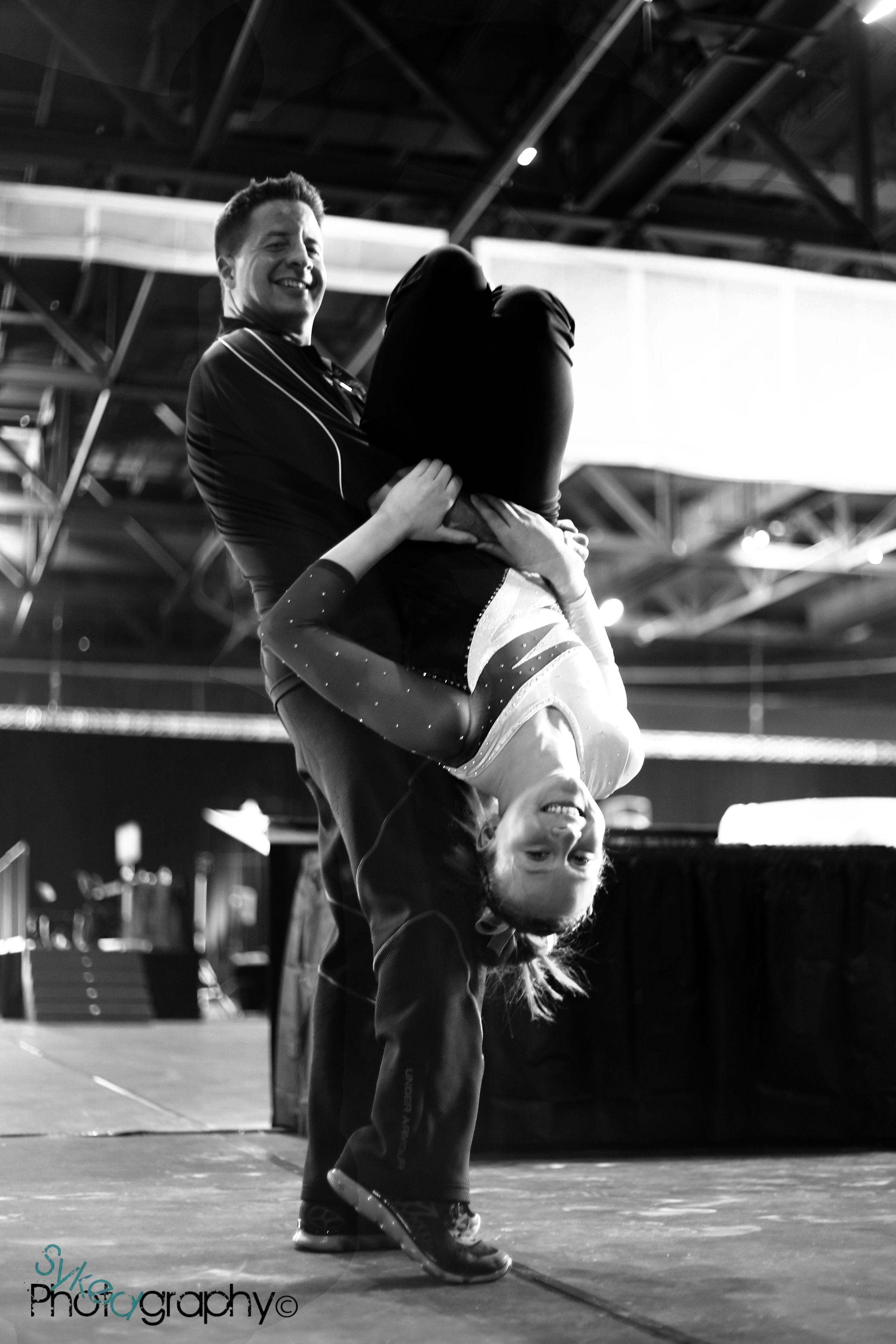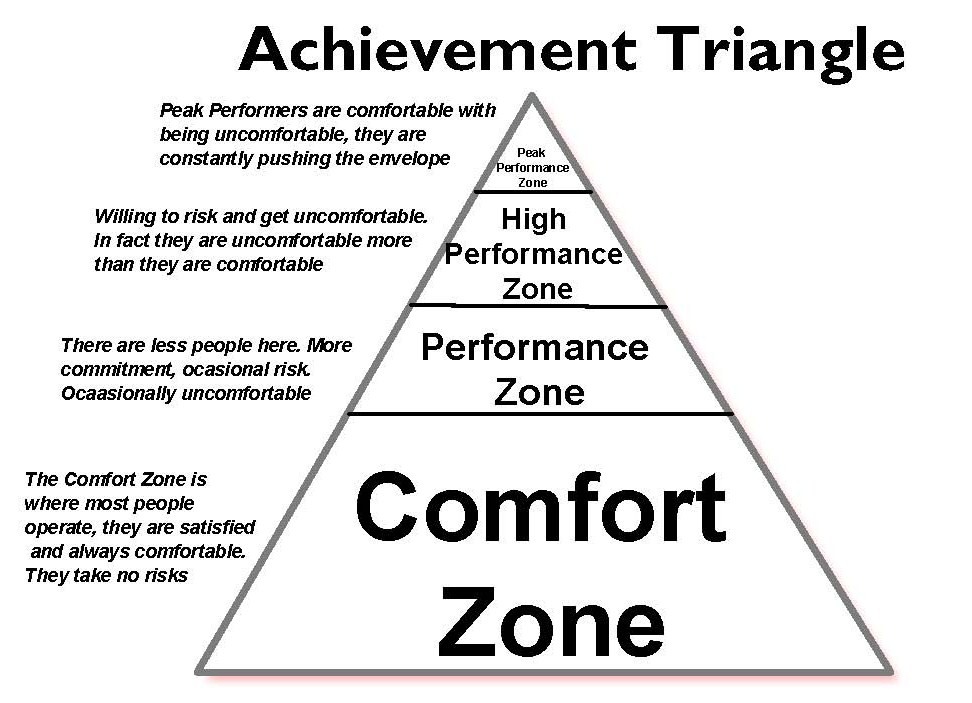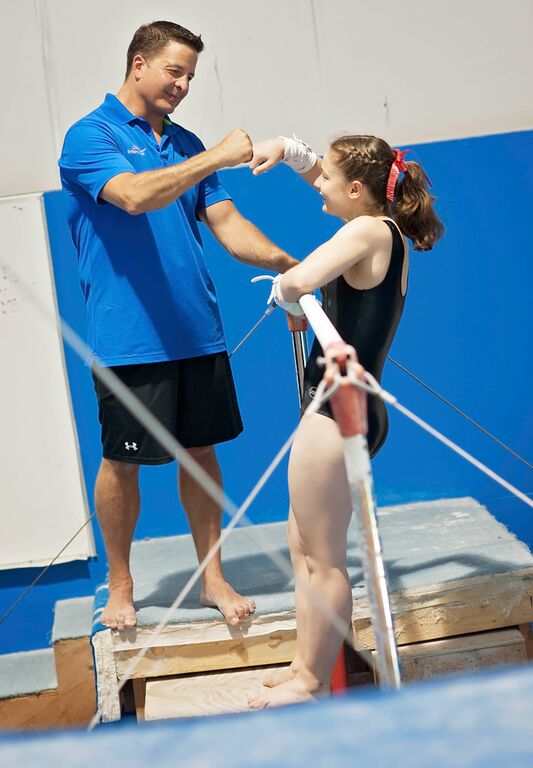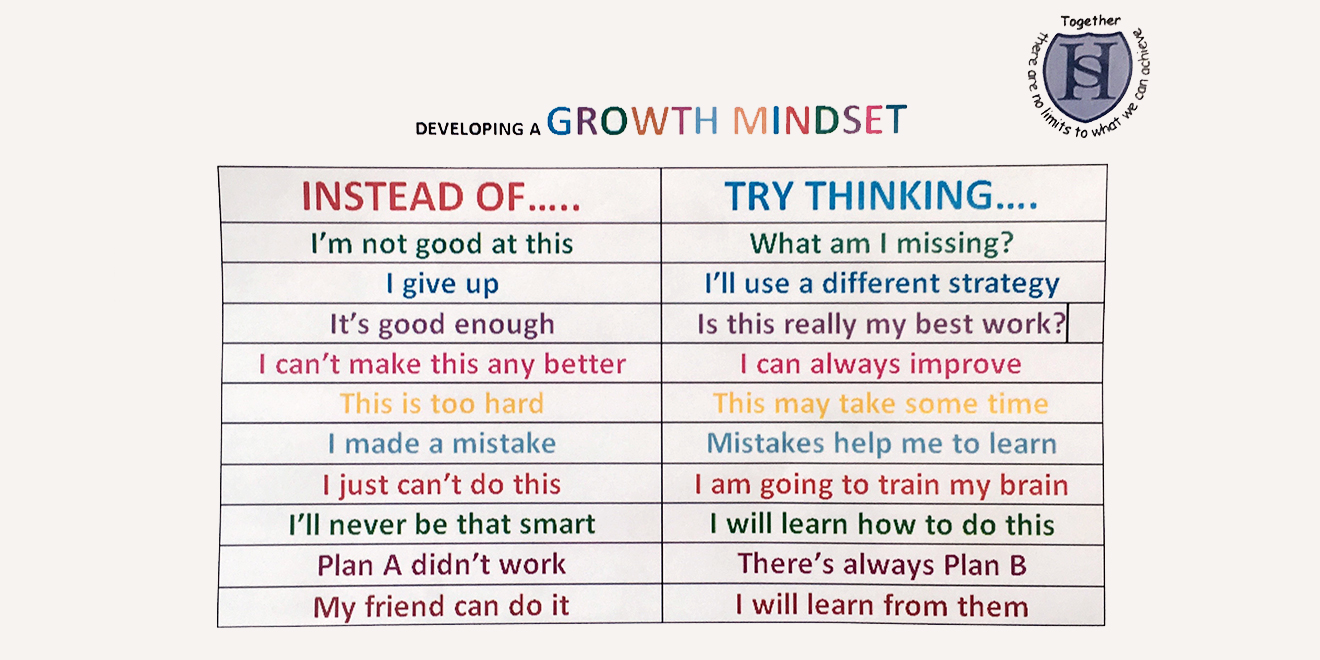Good Morning to the Gym Momentum Community!
Right now I feel that professional members of USA gymnastics are not adequately represent at the national office. Everyone else seems to have a strong voice. The athletes, the industry members, Safe sport. But who is representing the professional members? If you are NOT in the USA- who is representing YOU to your National Governing Body? I would be curious to know.

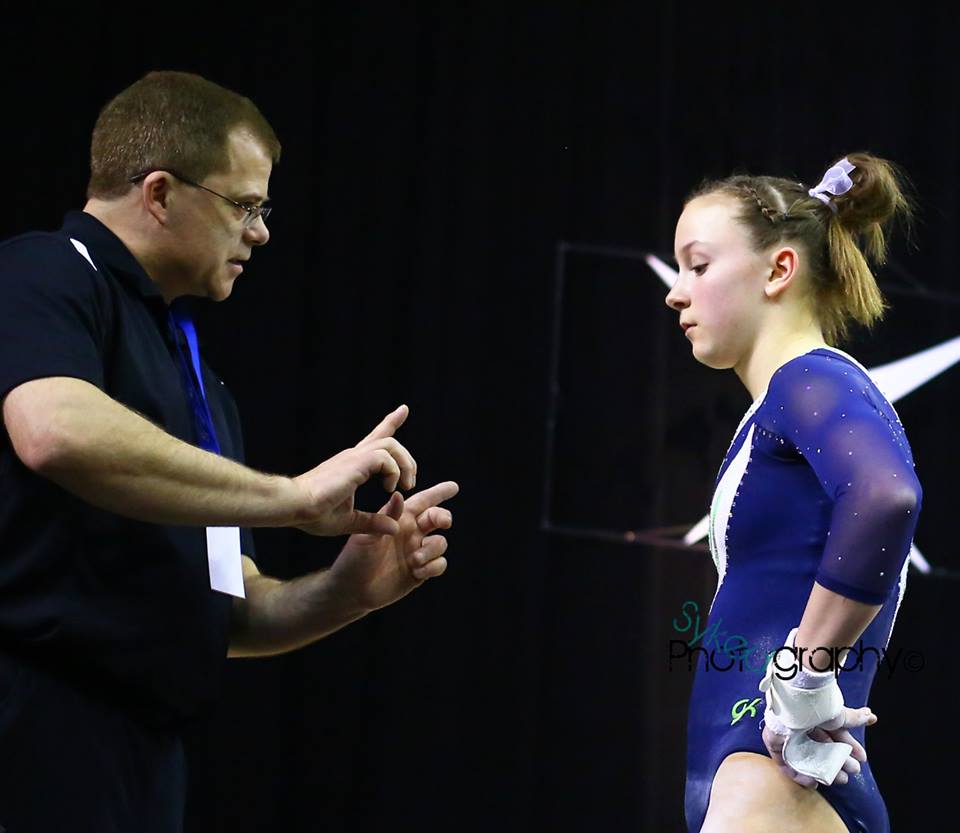 March 7-11 is
March 7-11 is 